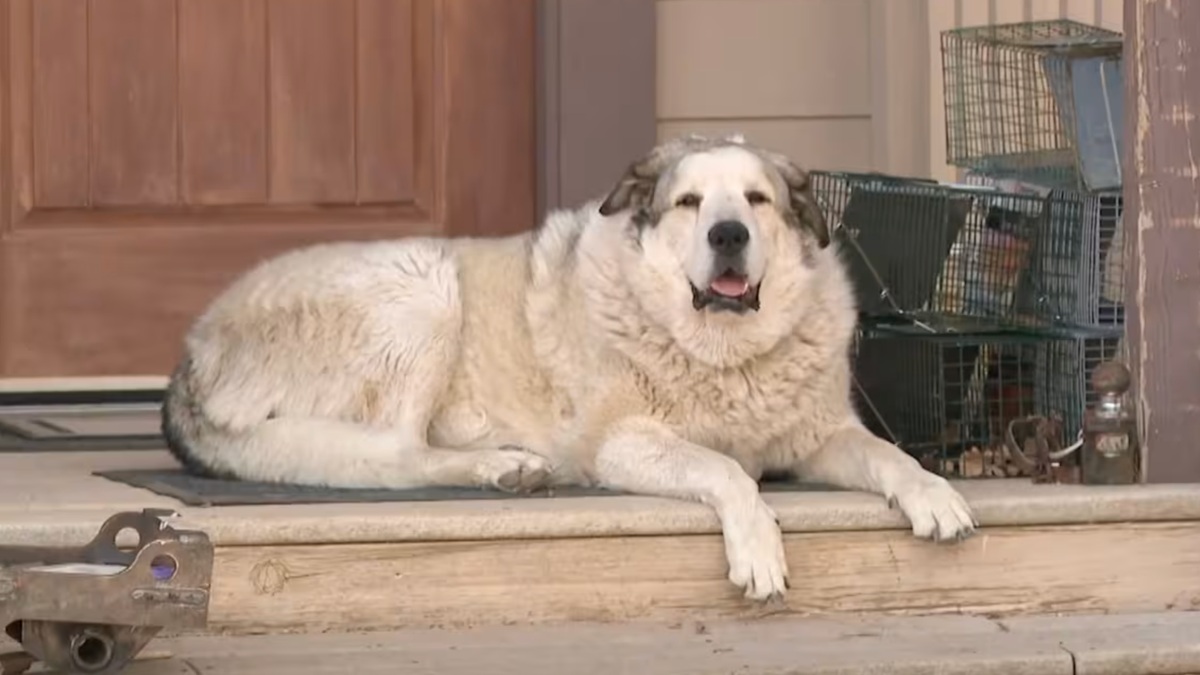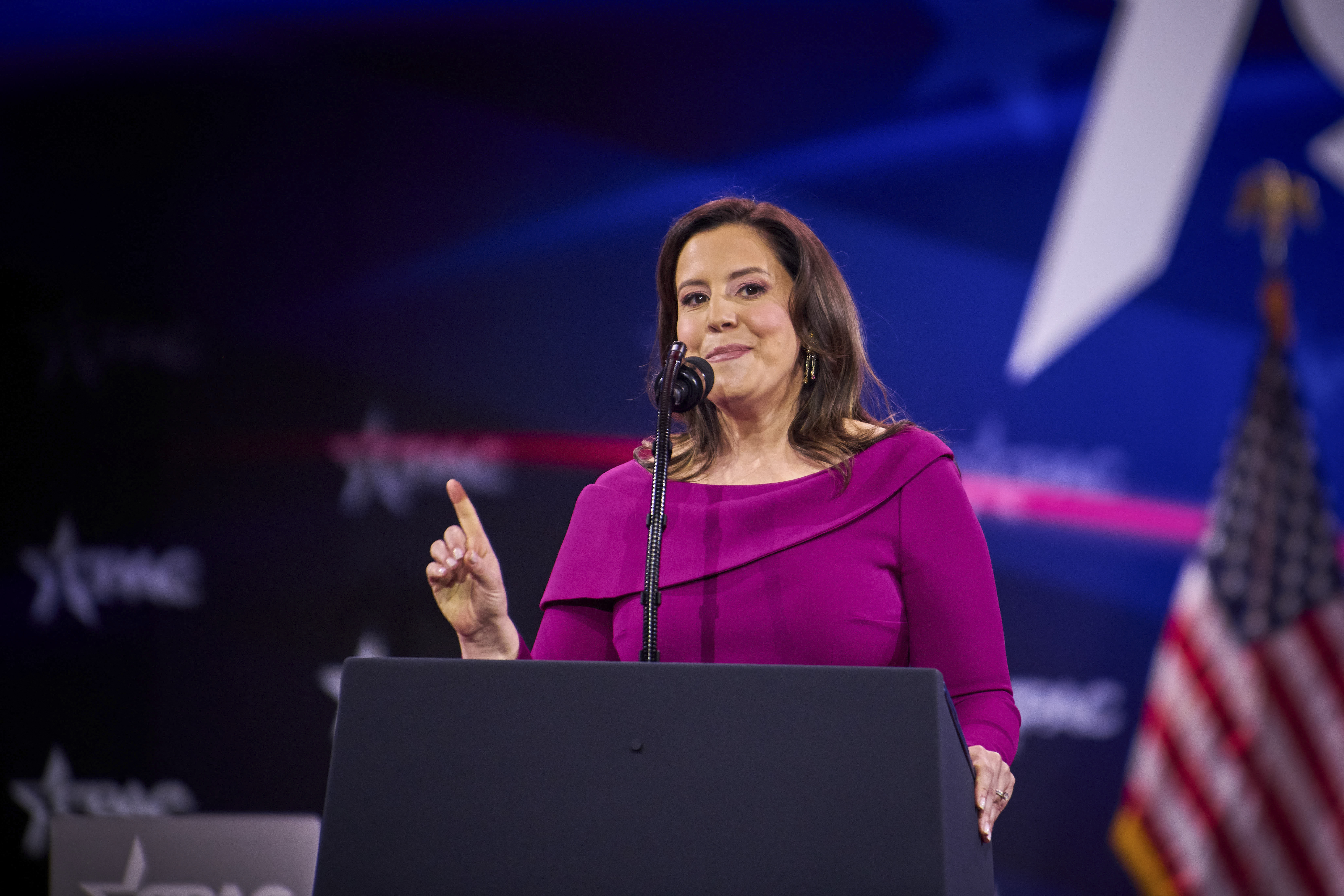To celebrate Father’s Day this year, we asked you what was the best advice your dad ever passed along to you. Here are some of your answers.
On the third Sunday in June, many Americans will take some time out of their day to honor the nation's 70 million dads. Father’s Day wasn’t always so popular, however, and its establishment as an American — and now worldwide — institution was long and hard-fought.
Here are some things you might not know about dad's special day:
Father’s Day was founded by a woman:
Spokane, Washington native Sonora Smart Dodd is known as the “Mother of Father’s Day.” Her mother died giving birth to her sixth child, leaving Dodd’s father to raise the kids, according to the city of Spokane. In 1909, Dodd heard a sermon about Mother’s Day and spoke with the minister after the service. “I liked everything you said about motherhood," she said, as quoted in a 1978 New York Times article. "However, don’t you think fathers deserve a place in the sun, too?”
Dodd was able to garner much local support for the new holiday. The first Father’s Day was celebrated in Spokane on June 19, 1910, with clergy dedicating their sermons to honoring fathers, according to the city, which claims the title of the Birthplace of Father’s Day.
Many men initially resisted the idea:
Far from feeling honored by the idea of Father’s Day, many men initially found the concept emasculating. American historian Timothy Marr wrote in "American Masculinities: A Historical Encyclopedia" that in the holiday's early decades, men “scoffed at the holiday’s sentimental attempts to domesticate manliness with flowers and gift-giving, or they derided the proliferation of such holidays as a commercial gimmick to sell more products — often paid for by the father himself.”
U.S. & World
Many retailers and advertisers during the Great Depression promoted Father’s Day as a “second Christmas” for men, and they subsequently rebranded the day as a way to honor American troops during World War II, Marr explained. Despite lacking official recognition, Father’s Day was a de facto American holiday by the end of the war.
Making Father’s Day official took a bipartisan effort:
President Woodrow Wilson supported Father’s Day as early as 1916. Wilson, a Democrat, had approved a resolution designating the second Sunday in May as Mother’s Day just two years prior. In 1924, Republican President Calvin Coolidge urged state governments to observe Father’s Day, according to History.com.
In 1957, Republican Sen. Margaret Chase Smith of Maine forcefully argued for the holiday. Smith lamented the double standard of only acknowledging Mother’s Day and admonished her congressional colleagues in a fierce proposal, as reported in the Nashua Telegraph.
Democratic President Lyndon B. Johnson issued the first presidential proclamation acknowledging Father’s Day, dedicating the third Sunday in June to the holiday, which is when Americans celebrate it to this day. President Richard Nixon, a Republican, officially made Father’s Day a national holiday in 1972, nearly six decades after Wilson’s Mother’s Day proclamation.
Father’s Day is now an international celebration — and big business:
Dozens of countries, in addition to the U.S., celebrate Father’s Day today. Most of them, from China to Chile, also do so on the third Sunday in June.
Despite generating less business than Mother’s Day, Father’s Day is still the fourth-largest card-sending holiday in the United States, according to Hallmark. Nearly 80 million cards are exchanged annually. Nearly 70 percent of cards are purchased for fathers and husbands. The remainder is bought for other male figures, such as grandfathers, sons, brothers and uncles. More than three quarters of American adults plan to celebrate Father’s Day, according to one survey by the National Retail Federation, which estimates that Father’s Day spending this year will reach $12.7 billion.




